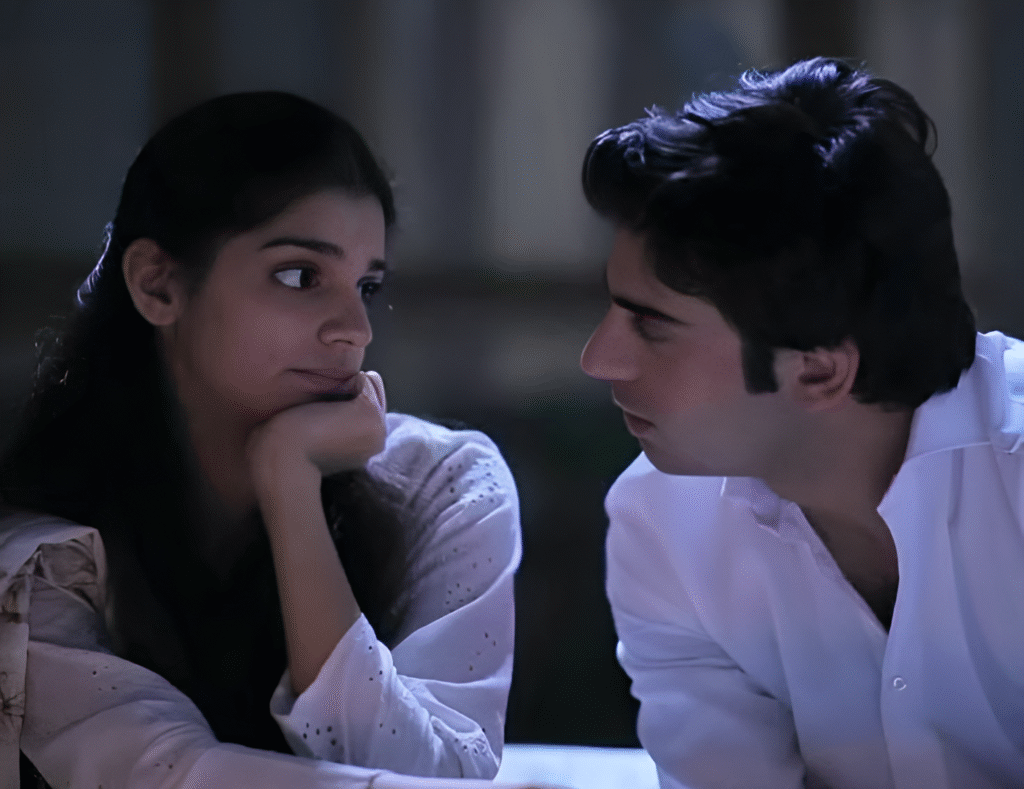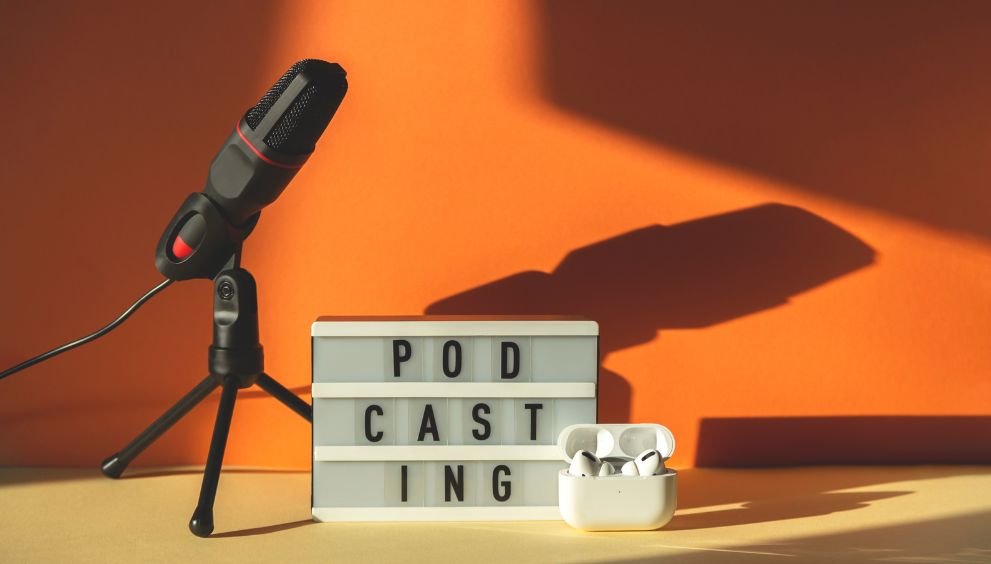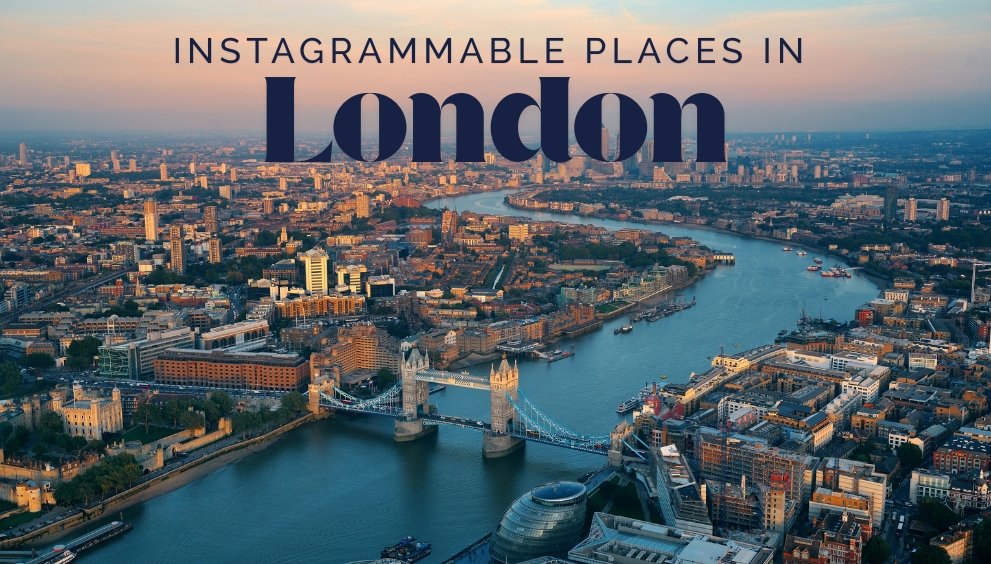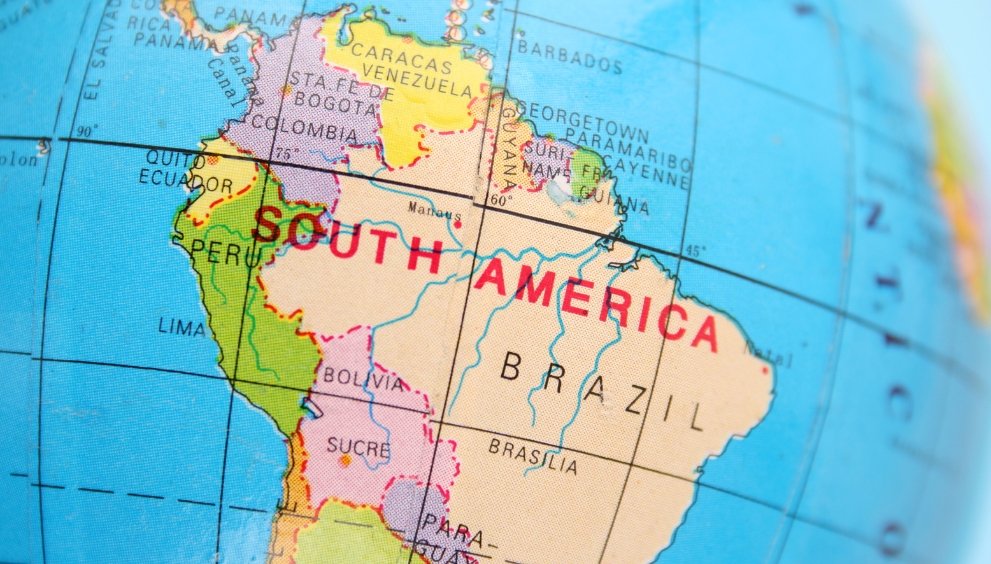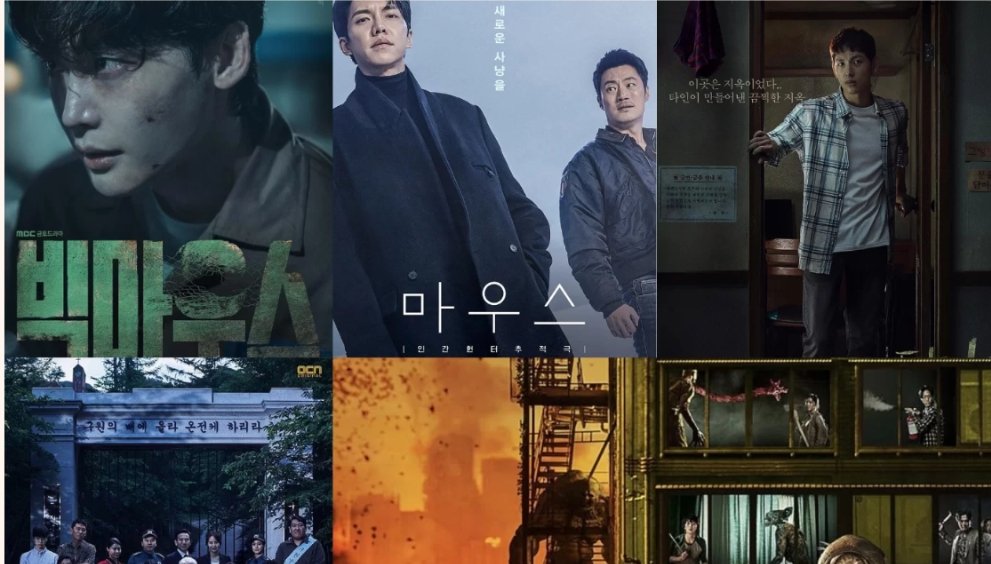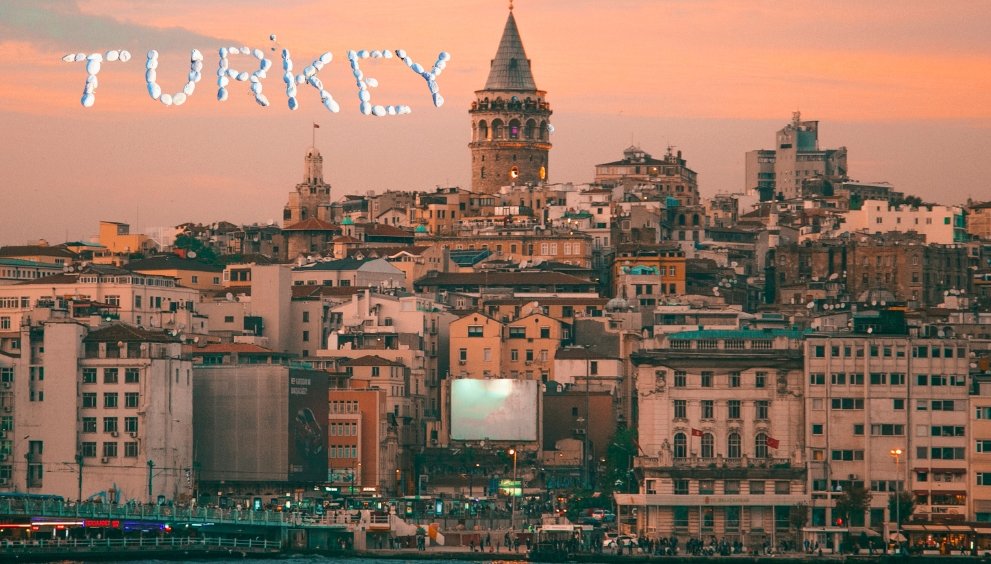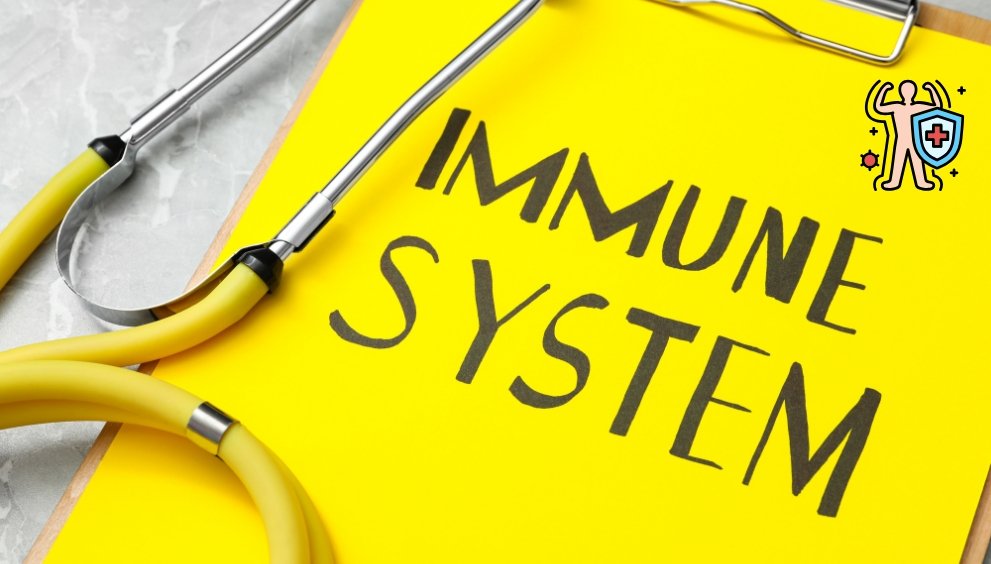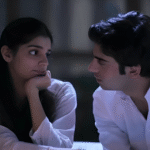The return of familiar faces: Focus on revivals and sequels
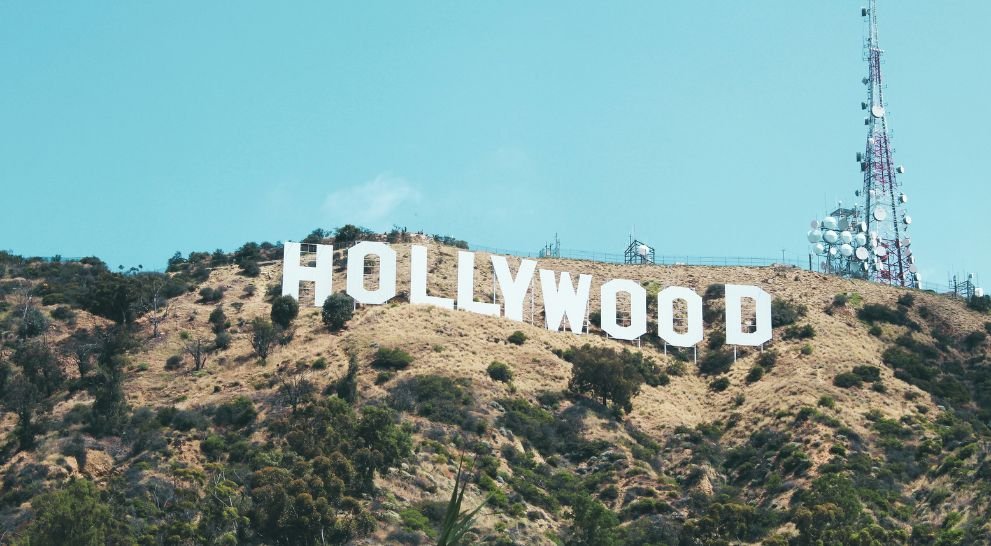
From nostalgic comfort to box office safety nets, the film industry is betting big on established franchises and beloved characters that in 2025, the past might just be Hollywood’s most bankable future.
The return of reboots, sequels, and revivals:
This summer, Hollywood is focusing on nostalgia with name-driven franchises like “Jurassic World: Resuscitation,” “Superman!!,” and “Fantastic Four: The Prequel.” We can also expect titles such as “Lilo & Stitch,” “How to Train Your Dragon,” “Freaky Friday 2,” and “Final Destination: Bloodlines.” Additionally, there will be a surprise appearance by Sarah Michelle Gellar in “I Know What You Did Last Summer.” Even if we were to receive another installment simply titled “G” at this point, it would fit right in with the trend. We were to receive another installment simply titled “G” at this point; it would fit right in with the trend.
Why the heavy reliance on returning faces and old franchises?
Built-in audience and safer business:
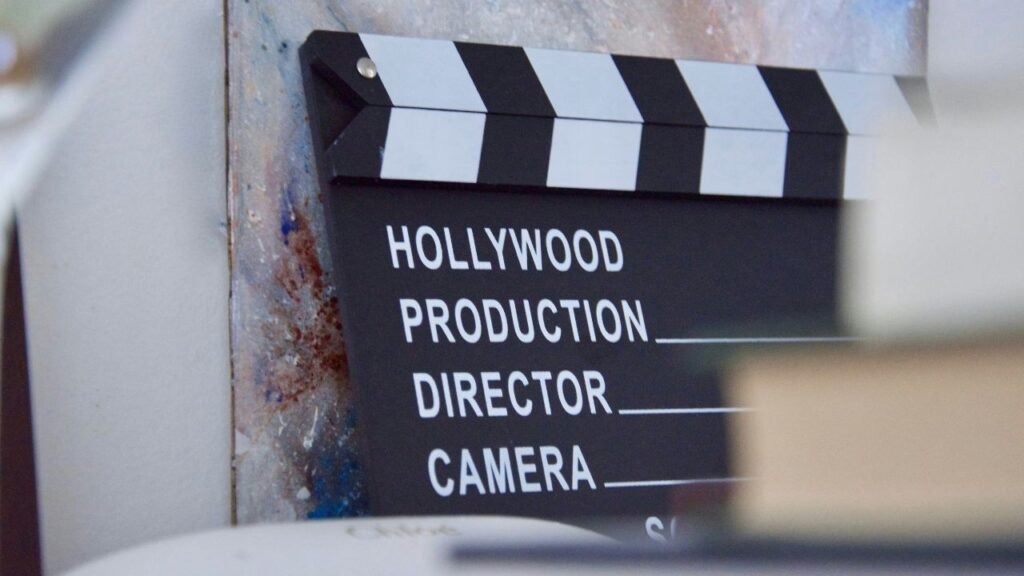
One of the main reasons Bollywood is still investing in reboots, sequels, and revivals is the security of a built-in audience. Established franchises come with loyal fan bases, making them significantly less risky than original stories. Studios can rely on preexisting hype, recognizable characters, and familiar branding to drive marketing and ticket sales. This predictability not only reduces financial risk but also increases the chance of global success. With production and promotion costs soaring, reboots offer a safer business model, one where studios don’t have to start from scratch to capture attention or generate buzz.
Pandemic strikes and risk aversion:
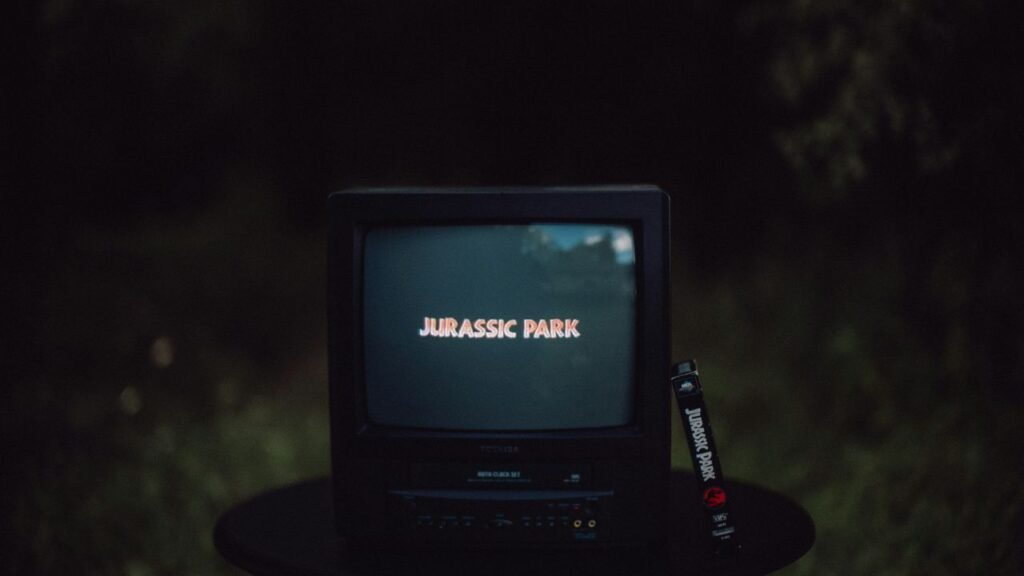
After the COVID-19 pandemic and the recent strikes in Hollywood, studios found themselves rushing to make up for lost time and money. In this shaky environment, reboots and sequels are a safer bet. Rather than taking chances on new concepts, studios prefer to rely on familiar stories to guarantee steady profits and quicker releases at the box office.
Nostalgia and emotional comfort:
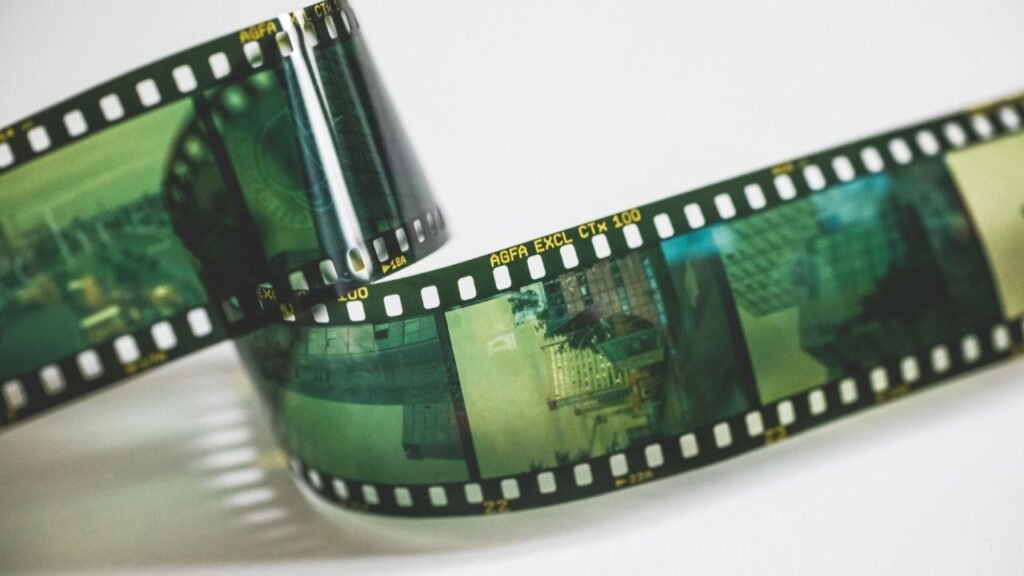
Nostalgia has a powerful pull, especially during times of uncertainty. Audiences are most likely to be attracted by familiar stories and characters for a sense of emotional comfort and escape. Reboots and sequels tap into those memories, serving a connection to the past while providing a secure, feel-good viewing experience in an unpredictable world.
Box office wins; nostalgia pays off:
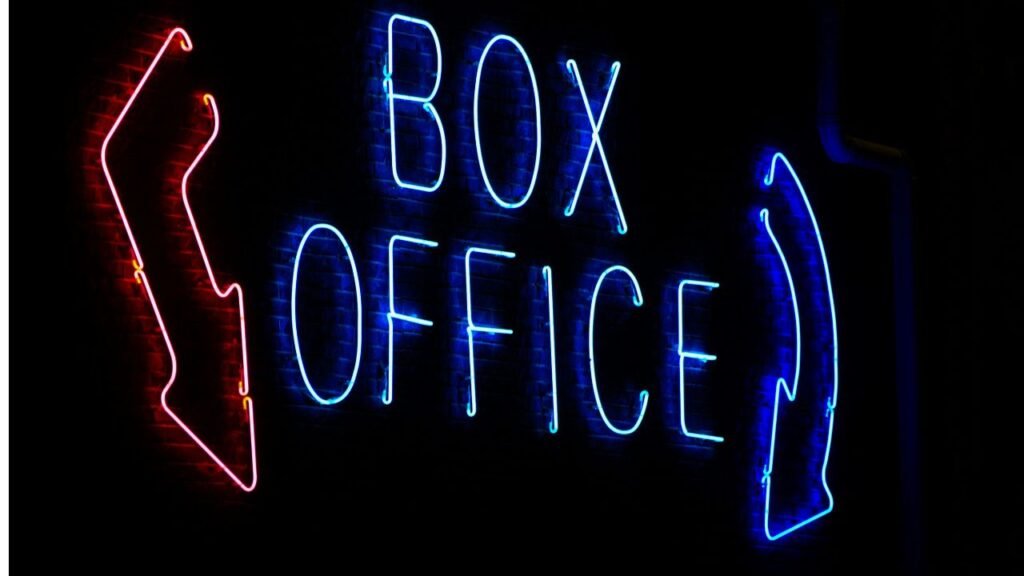
Nostalgia-driven films continue to dominate the box office, proving their commercial appeal. Recent reboots and sequels like Avengers: Endgame and Jurassic World revival have crossed the billion-dollar mark globally. These successes show that audiences are not only interested in familiar stories, but they’re interested in paying premium prices to enjoy them on the big screen.
Creative continuity with modern twists:

The reboots created today are not just copies of the old ones; they blend evergreen characters with new faces and updated themes. This mix allows studios to honor the originals while keeping stories relevant for new audiences. Films like The Adams Family and Jumanji strike a balance between nostalgia and innovation, appealing across generations.
Critics push back, creativity at risk:
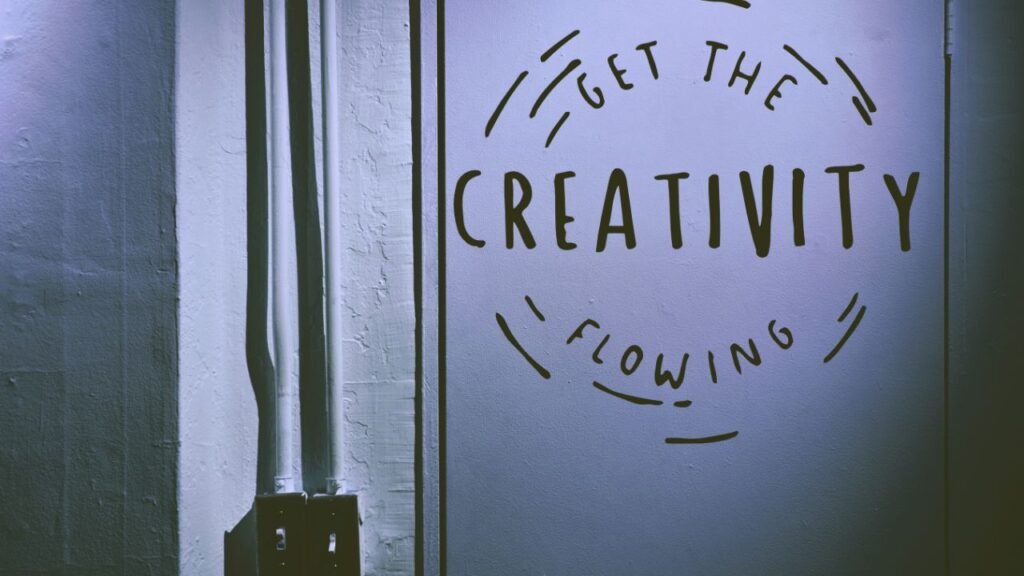
Many people flock to reboots, but some critics believe that Hollywood’s fixation on the past is holding back new ideas. Voices from the industry, such as Dakota Johnson, have spoken about the lack of original concepts, cautioning that viewers might get bored with the same old stories.
In a constantly shifting world of entertainment, Hollywood’s move to reboots, sequels, and revivals has been shaped by strategic business decisions and demands from an ever more vocal audience. Familiar stories uncover guaranteed profits and broad appeal, but they also raise questions about the future of creative risk-taking. Nostalgia and innovation could be the magic formula for keeping both a cultural box office milestone but also storytelling alive.


 English
English 